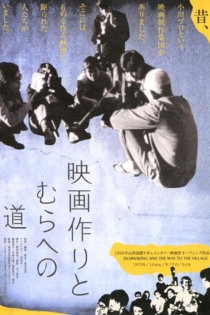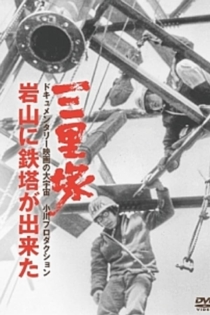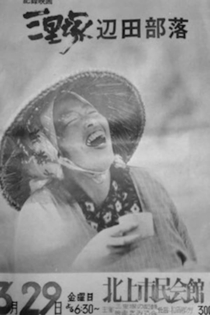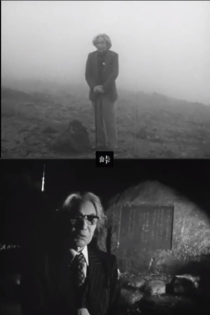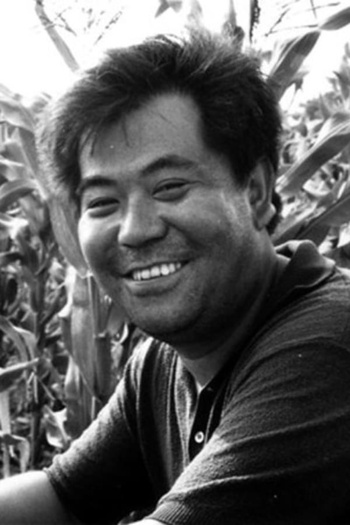
Shinsuke Ogawa
1935 - 1992三里塚 五月の空 里のかよい路
Shinsuke Ogawa
In the mid-1970s, protests were waning across Japan after the Red Army scandal of Asama Cottage. In Sanrizuka, people were weary of the violence and the airport was well under construction. As for Ogawa Productions, they invited criticism by pulling out and moving to a quiet village in northern Japan. But when protesters back in Sanrizuka erected a tall tower at the end of one runway, they sent a crew to document what happened. This became the final film of the Sanrizuka Series.
Sanrizuka: The Sky of May
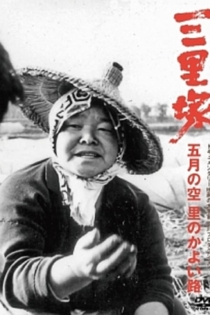
満山紅柿
Shinsuke Ogawa, Peng Xiaolian
The ostensible subject of this film is the growing, drying, peeling and packaging of persimmons in the tiny Japanese village of Kaminoyama. The inhabitants explain that it is the perfect combination of earth, wind and rain that makes their village’s persimmons superior to those grown anywhere else, including the village just a few miles away. The film’s larger subject, however, is the disappearance of Japan’s traditional culture, the end of a centuries-old way of life.
Red Persimmons
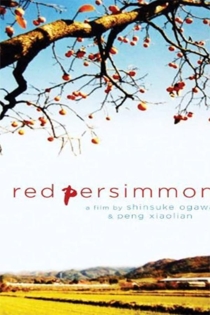
三里塚 第二砦の人々
Shinsuke Ogawa
It's the mid 60s. Tokyo needs a new airport. There isn't anywhere in Tokyo to put it, so the government decides on displacing some adjacent villages. The peasants of these villages are not having it. What results is a remarkable act of protest and civil disobedience.
Sanrizuka: Peasants of the Second Fortress
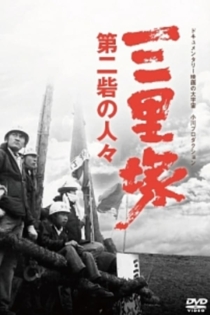
ニッポン国 古屋敷村
Shinsuke Ogawa
This is Ogawa Productions’ first major film from their Yamagata period. They had already started photography on Magino Village -A Tale but they were drawn to this village deep in the high country above Magino when a particularly cold bout of weather threatened crops. Inevitably, their attention strayed from the impact of weather and geography on the harvest to the “life history” of Furuyashiki Village. On the one hand, Ogawa returns to his roots by playing with the conventions of the science film. At the same time, he discovers a local, peripheral space in which to think about the nation and the state of village Japan. From this “distant perspective” in the very heart of the Japanese mountains, Ogawa discovers a village still dealing with the trauma of global warfare and struggling for survival as their children flee for the cities.
Furuyashiki: A Japanese Village
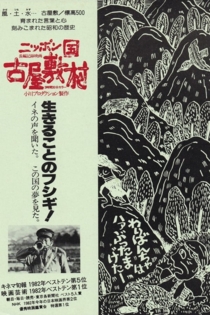
1000年刻みの日時計 牧野村物語
Shinsuke Ogawa
Junko Miyashita, Renji Ishibashi
The movie compiles footage taken by Ogawa Production for a period of more than ten years after the collective moved to Magino village. Unique to this film are fictional reenactments of the history of the village in the sections titled "The Tale of Horikiri Goddess" and "The Origins of Itsutsudomoe Shrine". Ogawa combines all the techniques that were developed in his previous films to simultaneously express multiple layers of time—the temporality of rice growing and of human life, personal life histories, the history of the village, the time of the Gods, and new time created through theatrical reenactment—bring them into a unified whole. The faces of the Magino villagers appear in numerous roles transcending time and space—sometimes as individuals, sometimes as people who carry the history of the village in their memories, sometimes as storytellers reciting myths, and even as members of the crowd in the fictional sequences.
Magino Village: A Tale
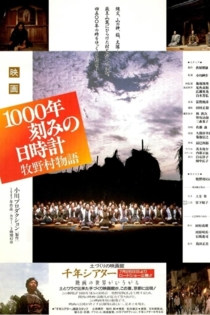
日本解放戦線 三里塚の夏
Shinsuke Ogawa
In 1968, Ogawa decided to form Ogawa Productions and locate it at the newly announced construction site of Narita International Airport in a district called Sanrizuka. Ogawa chose to locate his company in the most radical of the villages, Heta. Some farmers immediately sold their land; others vehemently protested and drew the support of social movements across the country. Together they clashed with riot police sent in to protect surveyors, who were plotting out the airport. Summer in Sanrizuka is a messy film – its chaos communicating the passions and actions on the ground.
The Battle Front for the Liberation of Japan – Summer in Sanrizuka
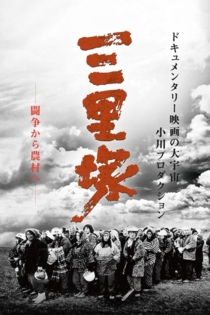
圧殺の森 高崎経済大学闘争の記録
Shinsuke Ogawa
A galvanising documentary about the organised resistance of a group of students barricaded at the Takasaki City University of Economics. The university student struggles at the end of the 1960s in Japan were the culmination of over a decade of protests, social dissent and political unrest. All this gave energy to the student movement, which displayed original and sustained forms of organisation and resistance against the government and which would spread to universities all over the country. Together with the filmmakers of the recently formed collective Jieiso, Ogawa Shinsuke joined a group of students barricading themselves inside the Takasaki City University of Economics. Shot over the course of a year, this film documents the nature of the political discussion and organisation as well as the fierce debates going on among the students and their violent struggles with the authorities. Credit: ICA London
The Oppressed Students
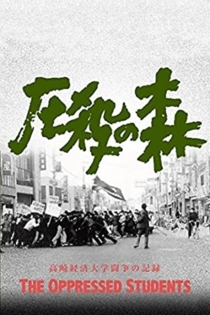
どっこい!人間節 寿・自由労働者の街 (Dokkoi! Ningen bushi – Kotobukicho: Jiyu rodosha no machi)
Shinsuke Ogawa
After the waning of the protests in Sanrizuka, Ogawa Pro started questioning the future of the collective and looking for other subjects to film. Following the method developed in the previous films, the filmmakers moved to the slum of Kotobuchi in the port city of Yokohama, where more than 6000 people were struggling to get by without any means of survival, exposed to industrial accidents and diseases. The result is one of the most moving films produced by the collective, a series of beautifully filmed portraits, voicing the silenced stories and songs of a group of people living in this community. Credit: ICA London
Dokkoi! Songs from the Bottom

小川プロ訪問記
Jun'ichirô Ôshige
Nagisa Ōshima, Shinsuke Ogawa
A Visit to Ogawa Productions offers a rare insight into the social and cinematic philosophy of one of Japan's best-known documentary film collectives. As the film reveals, Ogawa Productions' in-depth portraits of Japanese society - whether of protest movements or traditional agricultural life - grew out of an unusual commitment to integrate themselves with the communities they filmed, to the extent that their film-making literally became an alternative lifestyle.
A Visit to Ogawa Productions

Devotion: A Film About Ogawa Productions
Barbara Hammer
Nagisa Ōshima, Sumiko Uno
Devotion investigates the extremely complex and heirarchical relationships among a committed group of Japanese filmmakers who dedicated up to 30 years of their lives making films for one man-Ogawa Shinsuke. Members of Ogawa Pro filmed the student movement of the late 60's; the fight by farmers to save their land from government confiscaton for the Narita airport at Sanrizuka; and the village life of a small farming community, Magino Village, in northern Japan. These heartbreaking and sometimes funny stories have never been told on film before. Rare footage, stills, and diaries with interviews with Oshima Nagisa, Hara Kazuo and Robert Kramer make this historical inquiry visually exciting as well as valuable.
Devotion: A Film About Ogawa Productions
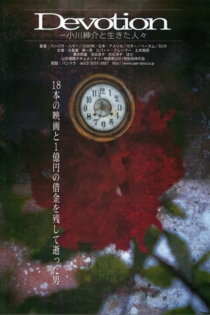
映画作りとむらへの道
Shinsuke Ogawa, Fukuda Katsuhiko
This film was directed by a member of the Ogawa collective, Fukuda Katsuhiko, while they were finishing the documentary Sanrizuka: Heta Village. Fukuda left the collective after this film and continued making documentaries in the village of Heta. Credit: ICA London
Filmmaking and the Way to the Village
